The Keiskamma Art Project was established in the village of Hamburg, Eastern Cape, by Carol Hofmeyr. Hofmeyr is a medical doctor and artist. After seeing how the HIV/AIDS pandemic ravaged the small community, she set up the Keiskamma Trust, which focuses on “building healthy communities in all respects”. The Trust focuses on four programmes: art, music, education and health. Their holistic and participatory approach embodies how community-building should be done.
The Art Project is the mouthpiece of the Trust. The Project started two decades ago when Carol Hofmeyr began teaching and bringing together women in Hamburg to stitch artworks to lift themselves out of poverty. Since then, they have created remarkable tapestries that have toured the globe. They have supported livelihoods and shared the Hamburg community’s stories, dreams, mythologies and sufferings. It is a testament to culture’s generative power, with the Project now providing dignified employment for 140 people.
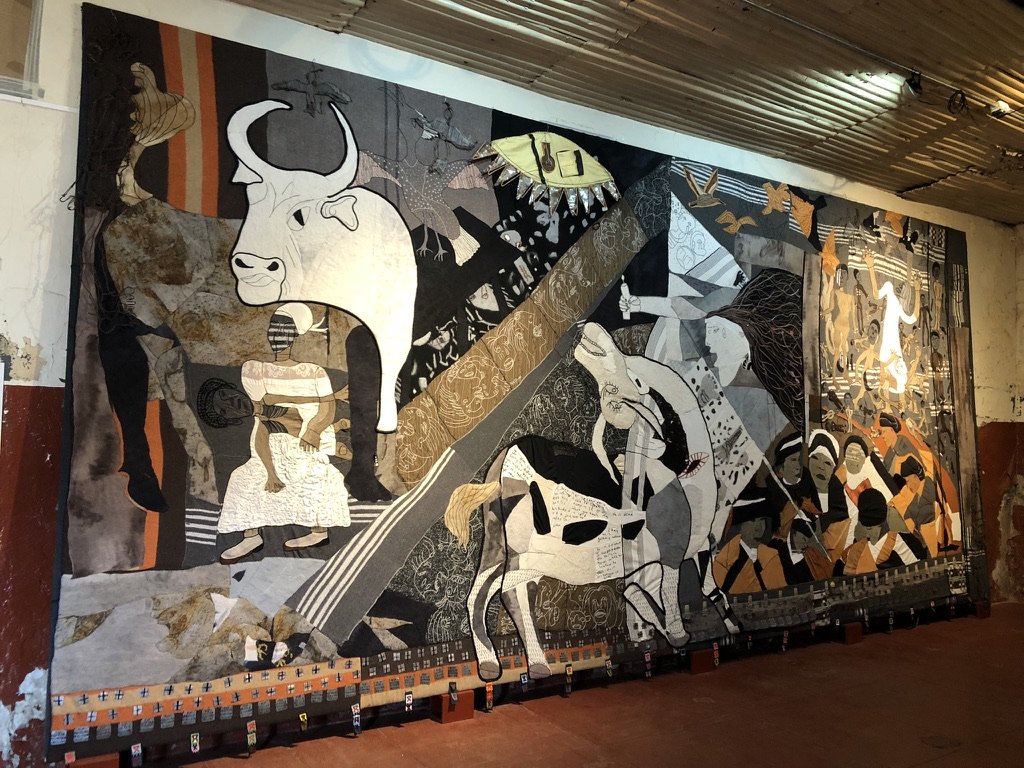
The retrospective has been curated with this in mind and allows viewers to experience their work thematically. The exhibition is spread between the Women’s Jail and the Number Four cells and is split into five themes: art and the body, spirituality in/and nature, resurrection, occupation and resistance and covid.
Taking up two cells in the Women’s Jail is the 120-metre-long Keiskamma Tapestry which chronicles the story of the San, the lesser-known battles between the Xhosa and the Dutch through to apartheid. Weaving text and image together, it depicts moments of genocide, resistance, hope and betrayal. Next to it is the Democracy Tapestry which looks at the highs and lows of the years post-1994. Together, they chart South Africa’s tumultuous history. Unlike many history books, this is done through feeling, with a focus on image rather than text and the works will continue to evolve as years pass and interpretations and perspectives change.
“Memories and voices are archived through stitch. Sincere engagement with the world as it has been, is, and can be, drives a process of artmaking forward.” – Keiskamma Art Project,
The Project’s process is guided by transparency and community. It is a large part of what makes these works so special that they not only give voice to the people of Hamburg but provide a clear-sighted look at the beauty and hardships of the world and the ways in which we endure and revel in them.
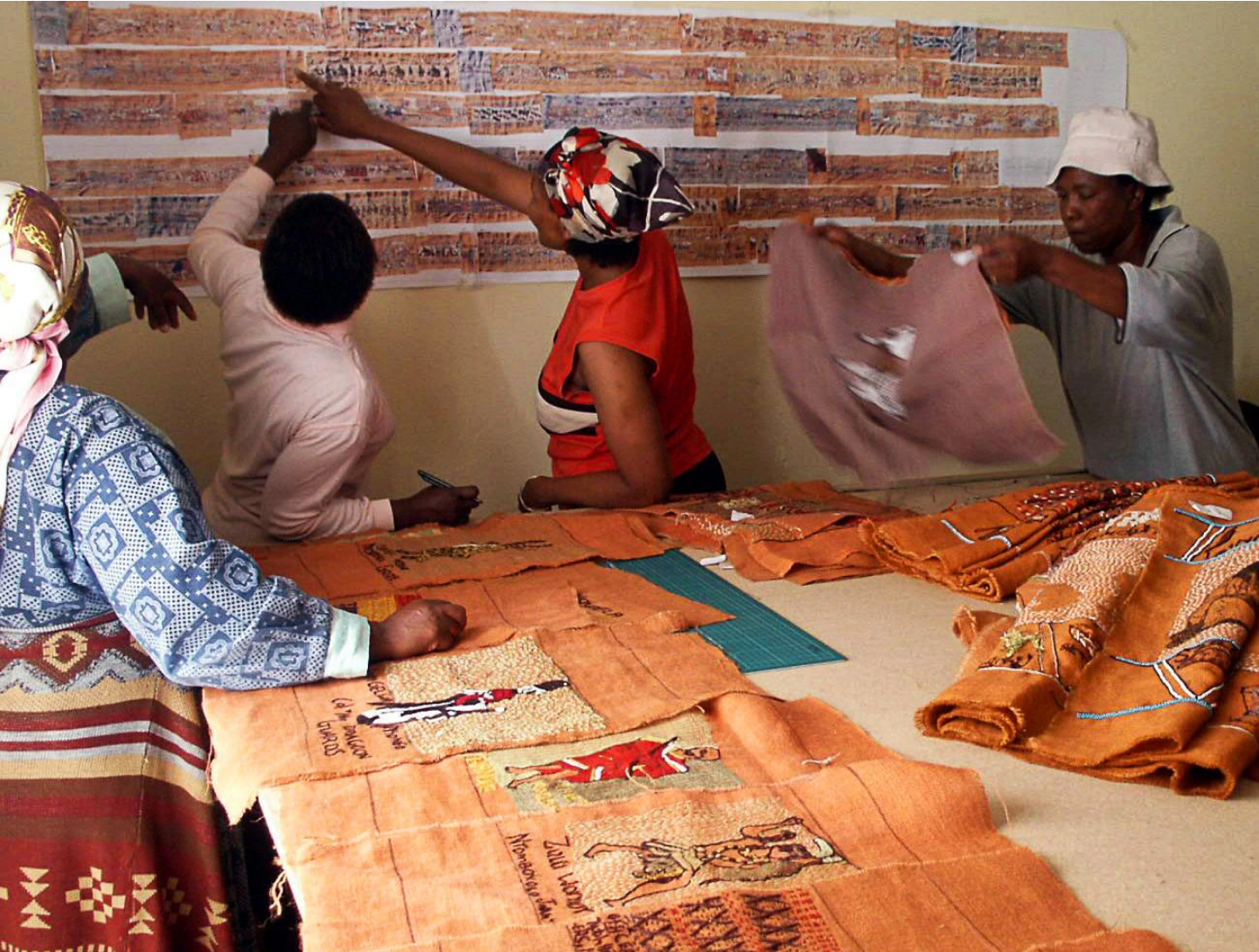
The one new tapestry on display is the Covid-19 Resilience Tapestry. It is located in the Number 4 cells across from the Keiskamma Altarpiece, a multi-panelled altar referencing Grünewald’s Isenheim. The two works speak to the ways the HIV/AIDS and Covid pandemics affected Hamburg. Both are filled with death's pain and misery but evolve to a story of hope and community resilience. As the title suggests, the idea of rebirth and growth are ever-present, and it’s hard not to feel the resonance with the depictions of family funerals, isolation, new ways of living and the tentative yet triumphant return to normal, which the Resilience tapestry captures.
The tapestry is unique within the Keiskamma Art Project’s oeuvre in that the women and men worked separately due to Covid restrictions. While they still communicated through WhatsApp and video calls, it was a marked shift from their usual collaborative process. In the end, they stitched all the pieces together. The work spans one year, from late summer with the announcement of lockdown through a harsh and lonely winter to the following summer, filled with new life, the joys of seeing people and the hope of things going back to normal. The final poem by Marguerite Poland reads, “The pumpkins are ripe! / Season for visiting friends / for gossip and beer.”

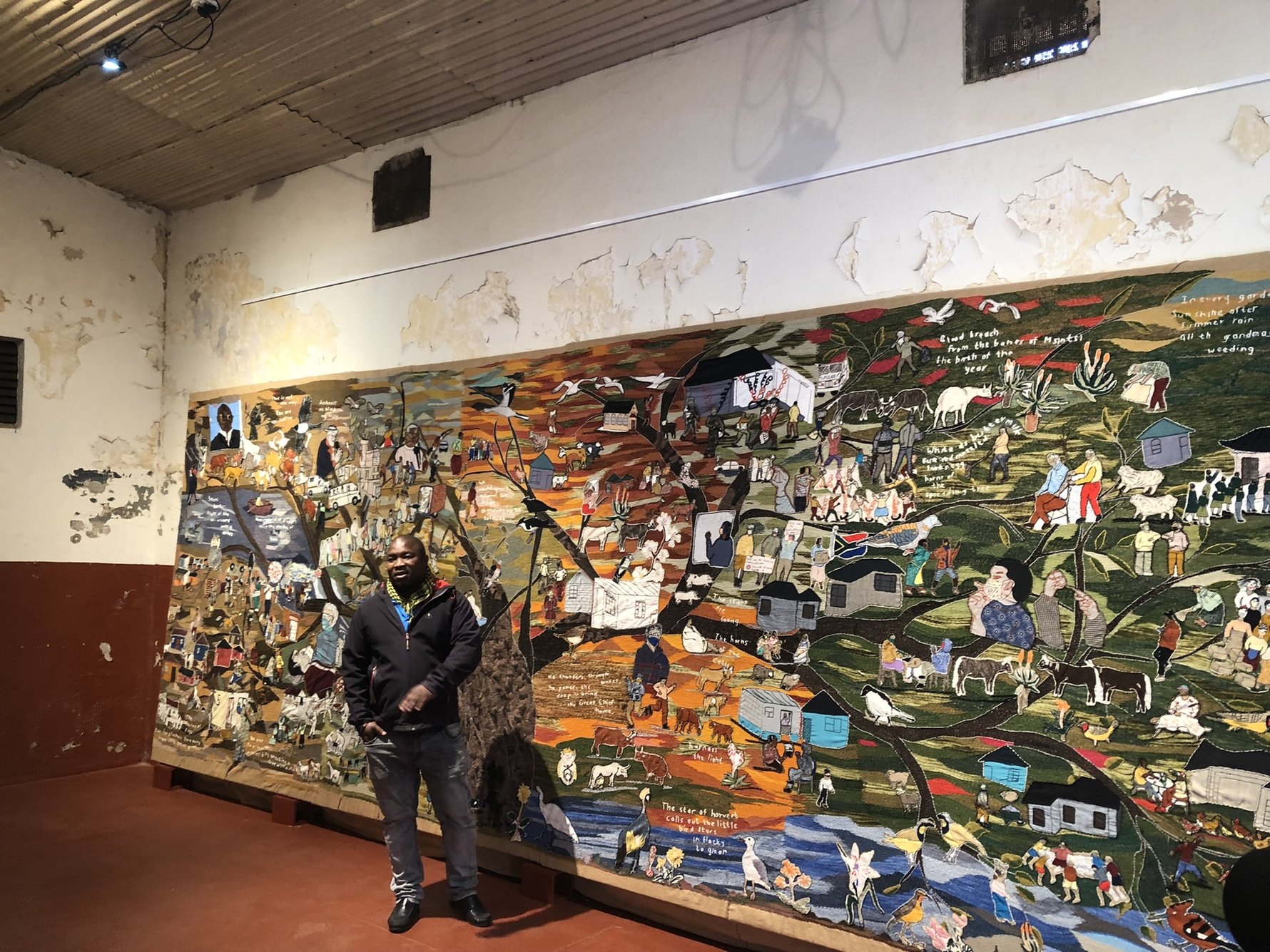
These vignettes and snippets of the individual experiences of Covid make the Resilience Tapestry so powerful. And while it may be the easiest to relate to due to how recent Covid is in all our memories, it is indicative of just how adept they are at storytelling that you can embed your own experiences within it.
In his speech Create Dangerously Albert Camus says, “perhaps the greatness of art lies in the perpetual tension between beauty and pain, the love of men and the madness of creation, unbearable solitude and the exhausting crowd, rejection and consent.” It is this line that the Keiskamma Art Project straddles so well in their work. Their celebrations of community, nature, life and hope for the future are not shallow or forced but display the strength of the human spirit and the need to locate life’s beauty to move through its hardships.
Book a guided tour of the exhibition by contacting Thato Moleto +27 83 291 8595 or Tracy Witelson +27 82 295 0489. Cost is R150 per person. To find out more on the Keiskamma Trust click here.


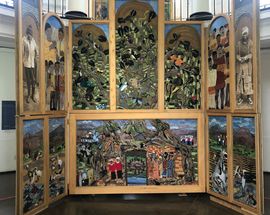
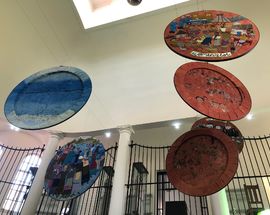



Comments